Joan Sutherland, 1926–2010
The soprano who sparked a bel canto revival
Joan Sutherland made her opera debut in 1947 and retired from the stage in 1990; in between she earned the sobriquet “La Stupenda” in a singing career that was widely viewed as the greatest of the era.
Sutherland “was one of the few vocal artists who truly deserved being hailed as ‘the voice of the century,’” said the Baltimore Sun. With her husband and musical director, Richard Bonynge, she helped revive the Italian bel canto style, which emphasizes evenness throughout the vocal range and full articulation of every note, even during challenging, high-speed passages. Some critics “carped about her diction,” but “only the coldest heart could fail to be won over by the purity and joy of her art.”
Born in Australia to a tailor and an amateur mezzo-soprano, she studied voice throughout her childhood before enrolling, at age 25, at London’s Royal College of Music, said The New York Times. There she took up with Bonynge, who “became a major influence on her development.” He encouraged her to shift from Wagnerian opera, with its emphasis on sheer vocal power, to early-19th-century Italian works, which afforded her the opportunity to display her technical prowess. In London in 1959, she gave a “career-defining performance” in Donizetti’s Lucia di Lammermoor, winning raves for her “vocally resplendent and dramatically affecting portrayal” of the doomed Lucia.
The Week
Escape your echo chamber. Get the facts behind the news, plus analysis from multiple perspectives.

Sign up for The Week's Free Newsletters
From our morning news briefing to a weekly Good News Newsletter, get the best of The Week delivered directly to your inbox.
From our morning news briefing to a weekly Good News Newsletter, get the best of The Week delivered directly to your inbox.
Though she was “one of the most consistent of all opera singers,” admiration for Sutherland’s artistry didn’t always extend to her “somewhat stolid dramatic presence,” said Opera News. “A healthy, no-nonsense, uncomplicated Australian,” she was amused by the self-dramatizing outbursts of famous sopranos like Maria Callas. “I’m just a contented old cow,” she once said. With a similarly prosaic bent, she explained her retirement, at age 64, in simple terms. “The machinery wears down,” she said. “Just like your refrigerator.”
A free daily email with the biggest news stories of the day – and the best features from TheWeek.com
-
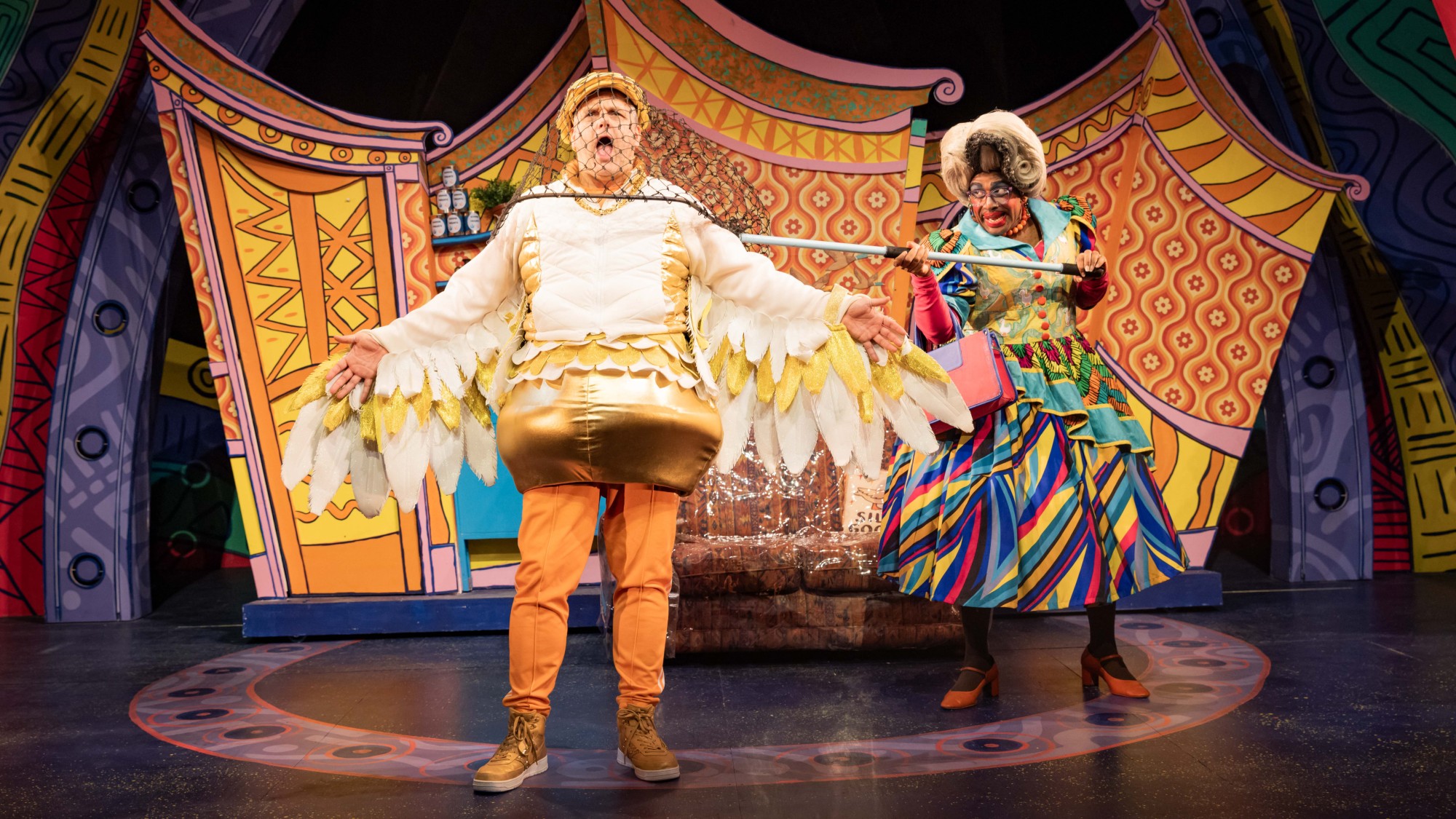 The UK’s best Christmas pantos
The UK’s best Christmas pantosThe Week Recommends Dive into the festive cheer, even into the new year, with some traditional favourites and modern twists
-
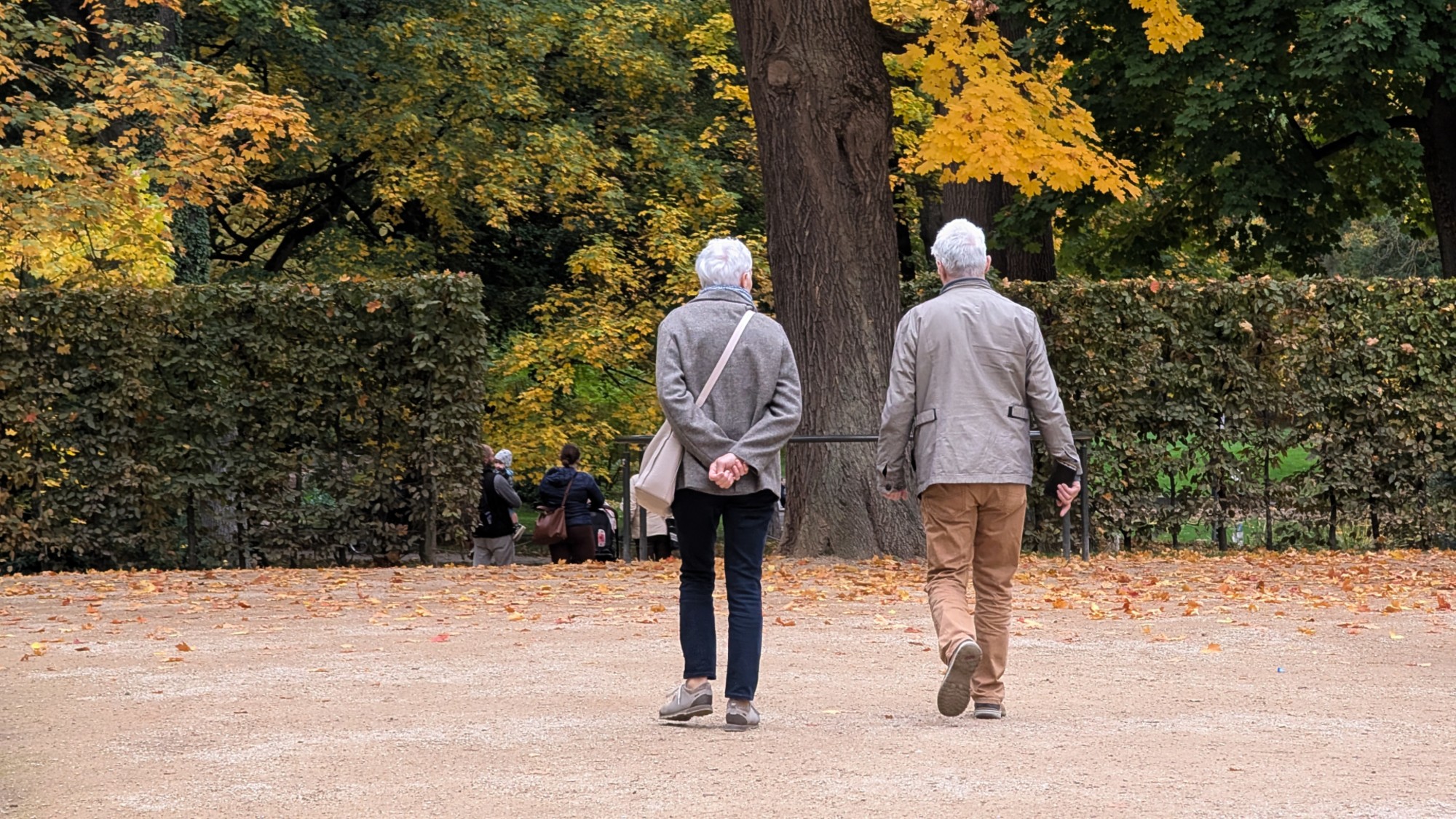 The longevity economy is booming as people live longer
The longevity economy is booming as people live longerThe Explainer The sector is projected to reach $27 trillion by 2030
-
 Codeword: December 11, 2025
Codeword: December 11, 2025The daily codeword puzzle from The Week
-
 R&B singer D’Angelo
R&B singer D’AngeloFeature A reclusive visionary who transformed the genre
-
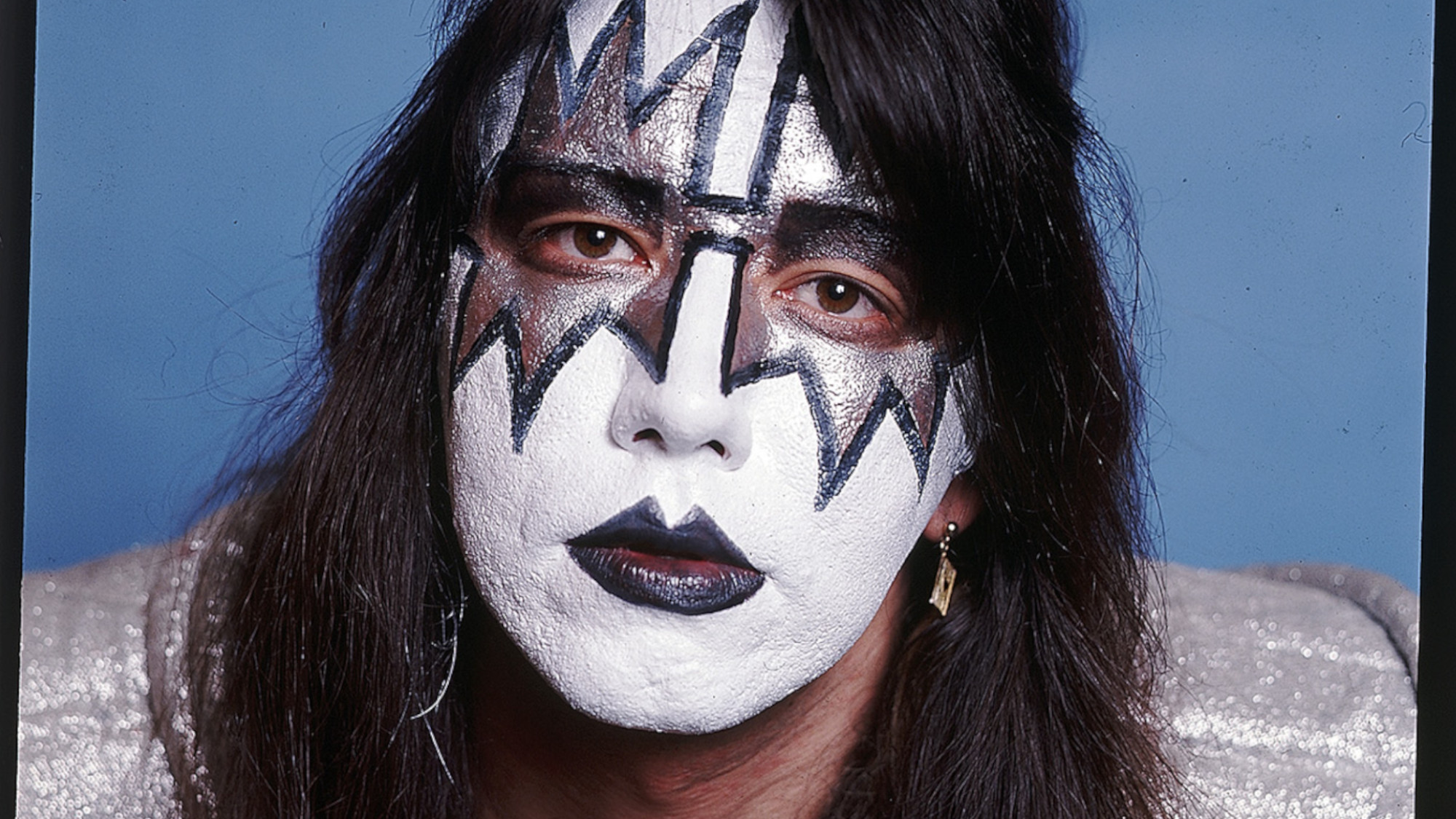 Kiss guitarist Ace Frehley
Kiss guitarist Ace FrehleyFeature The rocker who shot fireworks from his guitar
-
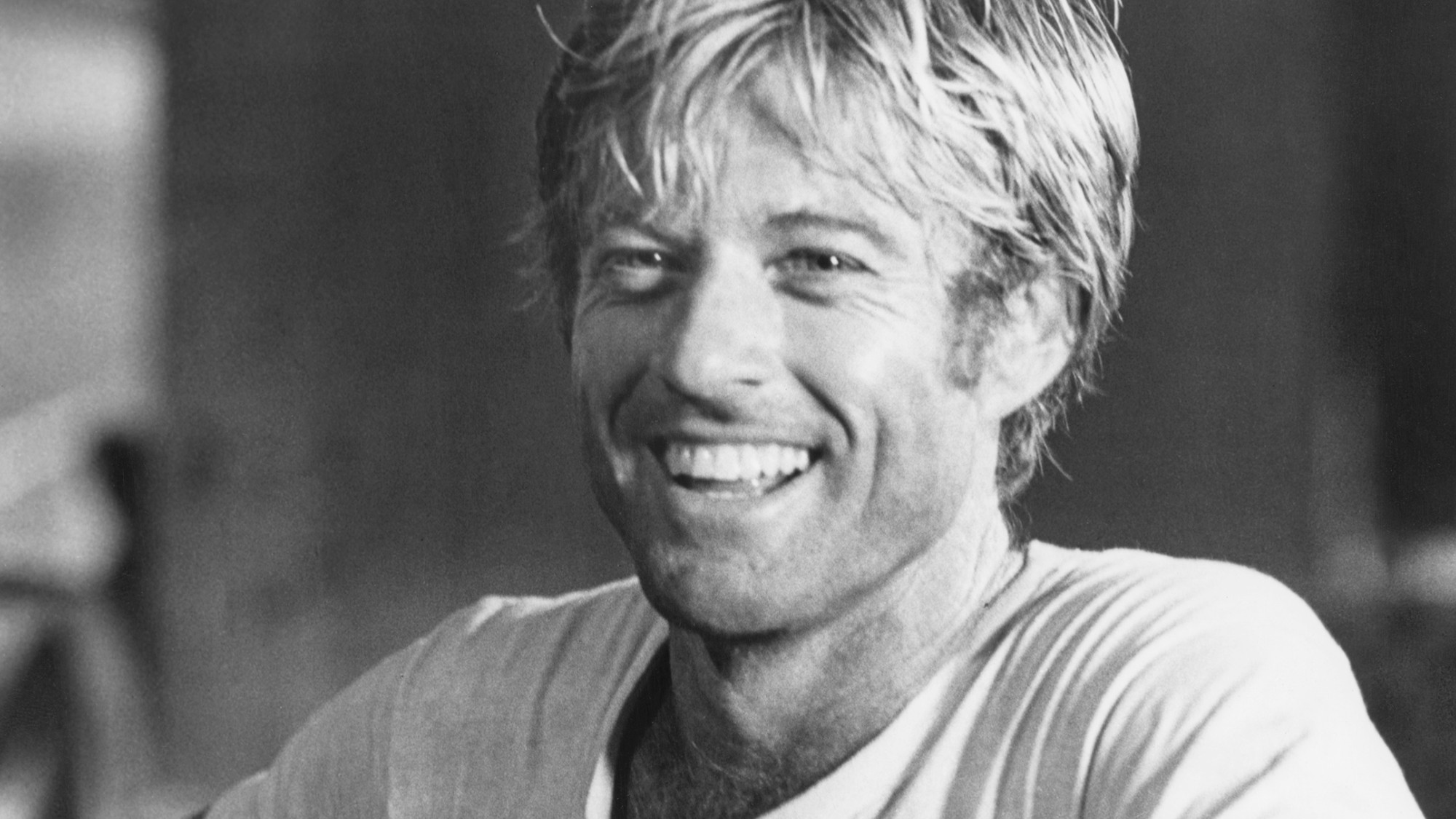 Robert Redford: the Hollywood icon who founded the Sundance Film Festival
Robert Redford: the Hollywood icon who founded the Sundance Film FestivalFeature Redford’s most lasting influence may have been as the man who ‘invigorated American independent cinema’ through Sundance
-
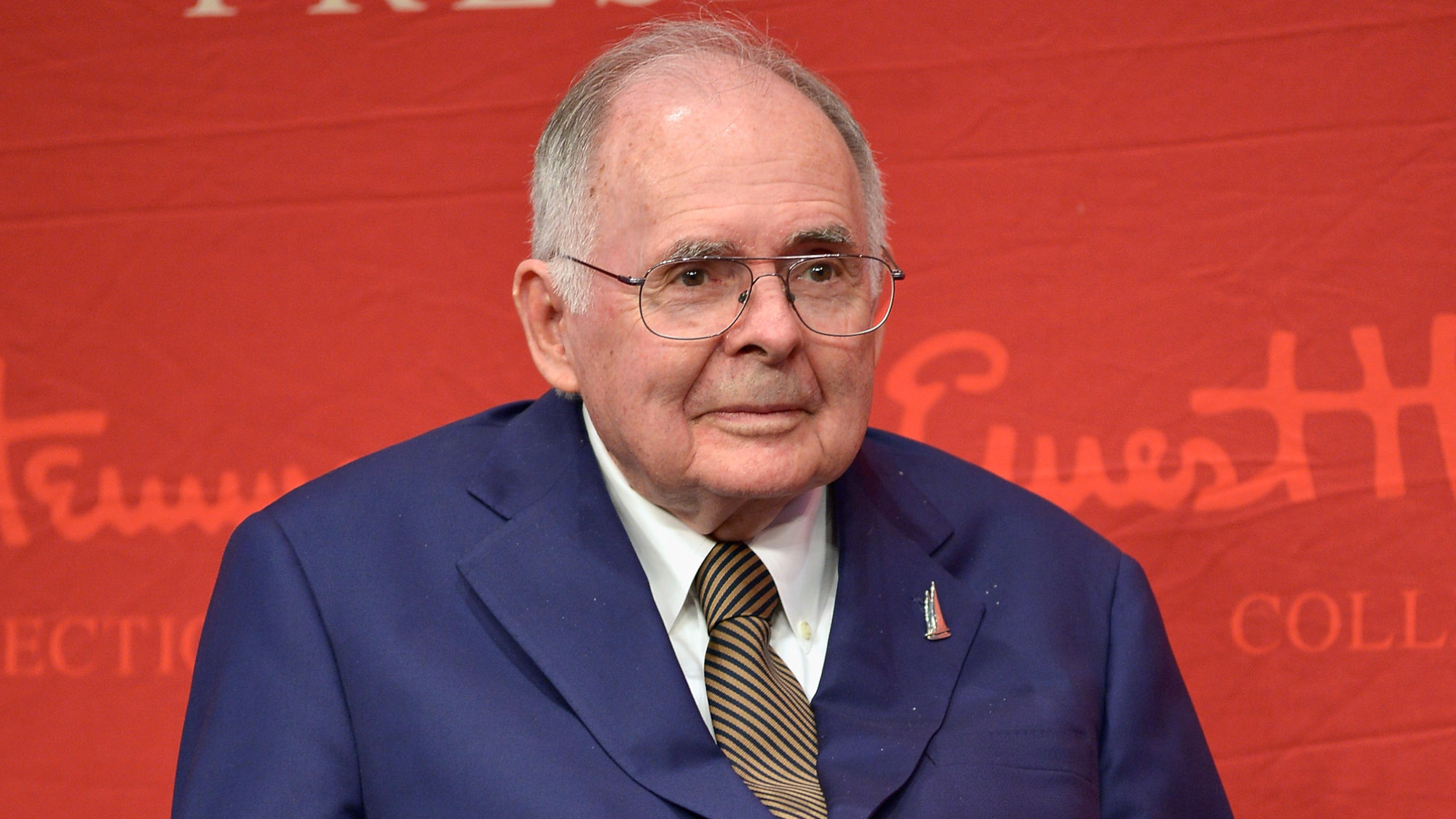 Patrick Hemingway: The Hemingway son who tended to his father’s legacy
Patrick Hemingway: The Hemingway son who tended to his father’s legacyFeature He was comfortable in the shadow of his famous father, Ernest Hemingway
-
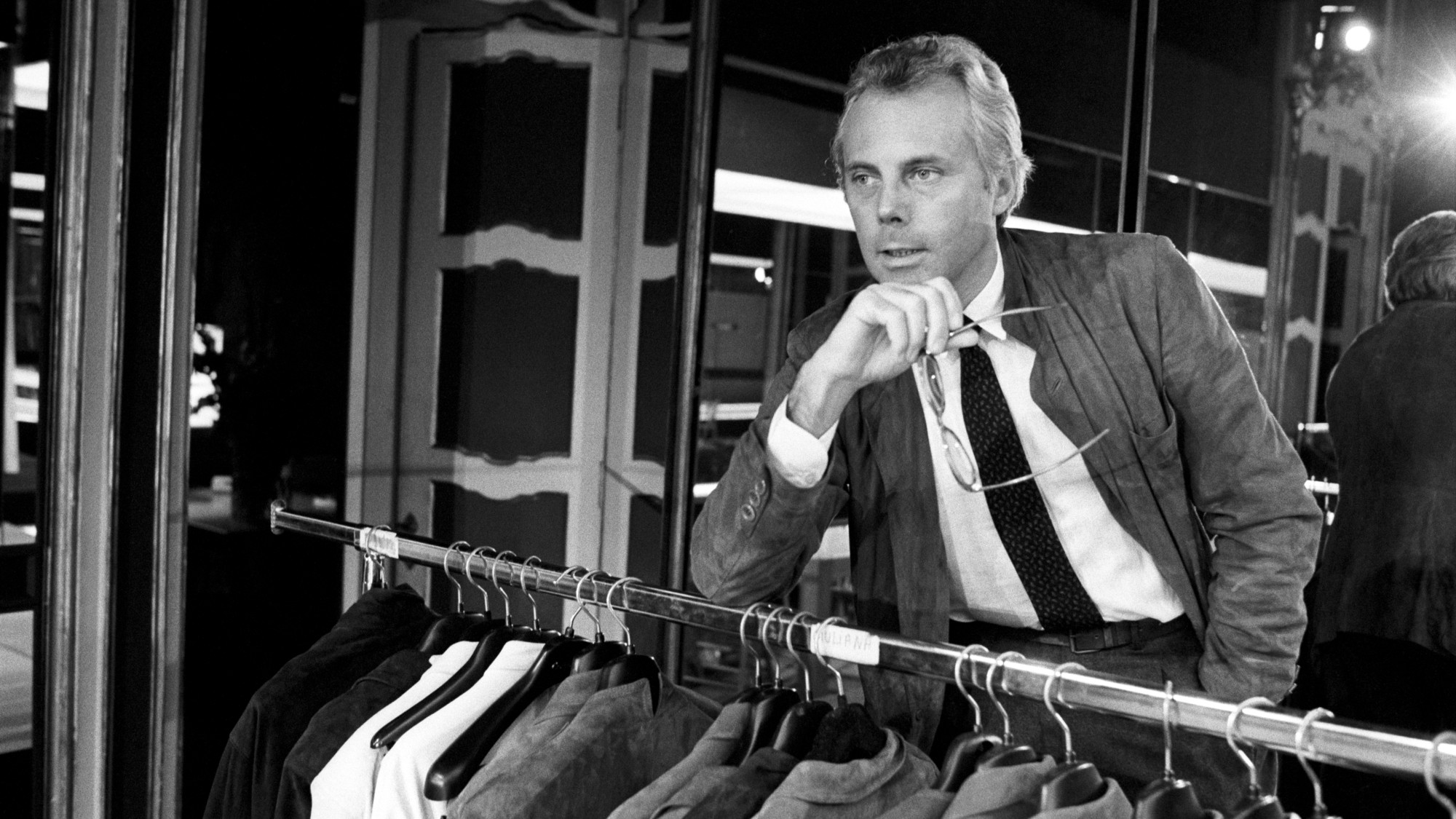 Giorgio Armani obituary: designer revolutionised the business of fashion
Giorgio Armani obituary: designer revolutionised the business of fashionIn the Spotlight ‘King Giorgio’ came from humble beginnings to become a titan of the fashion industry and redefine 20th-century clothing
-
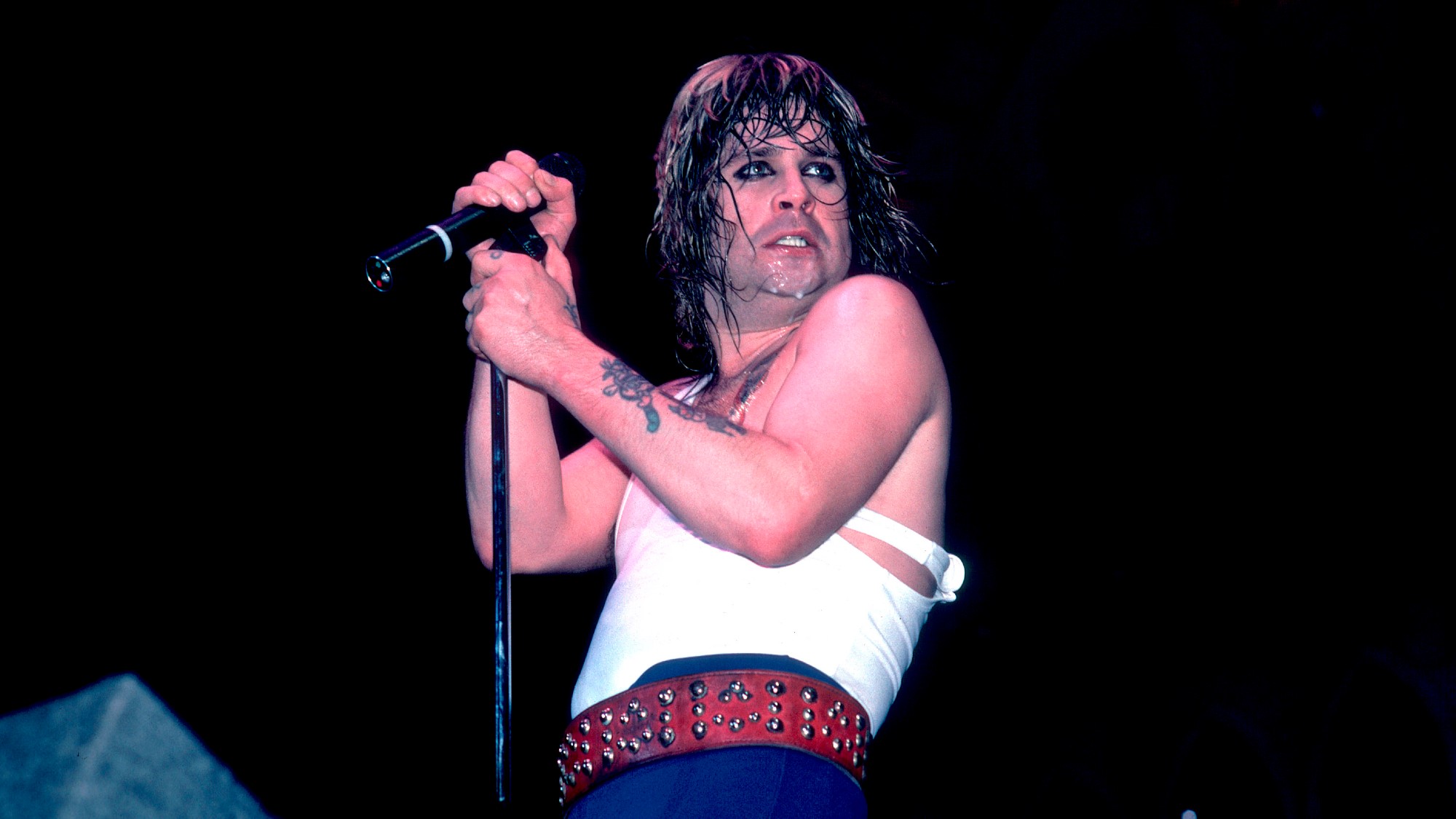 Ozzy Osbourne obituary: heavy metal wildman and lovable reality TV dad
Ozzy Osbourne obituary: heavy metal wildman and lovable reality TV dadIn the Spotlight For Osbourne, metal was 'not the music of hell but rather the music of Earth, not a fantasy but a survival guide'
-
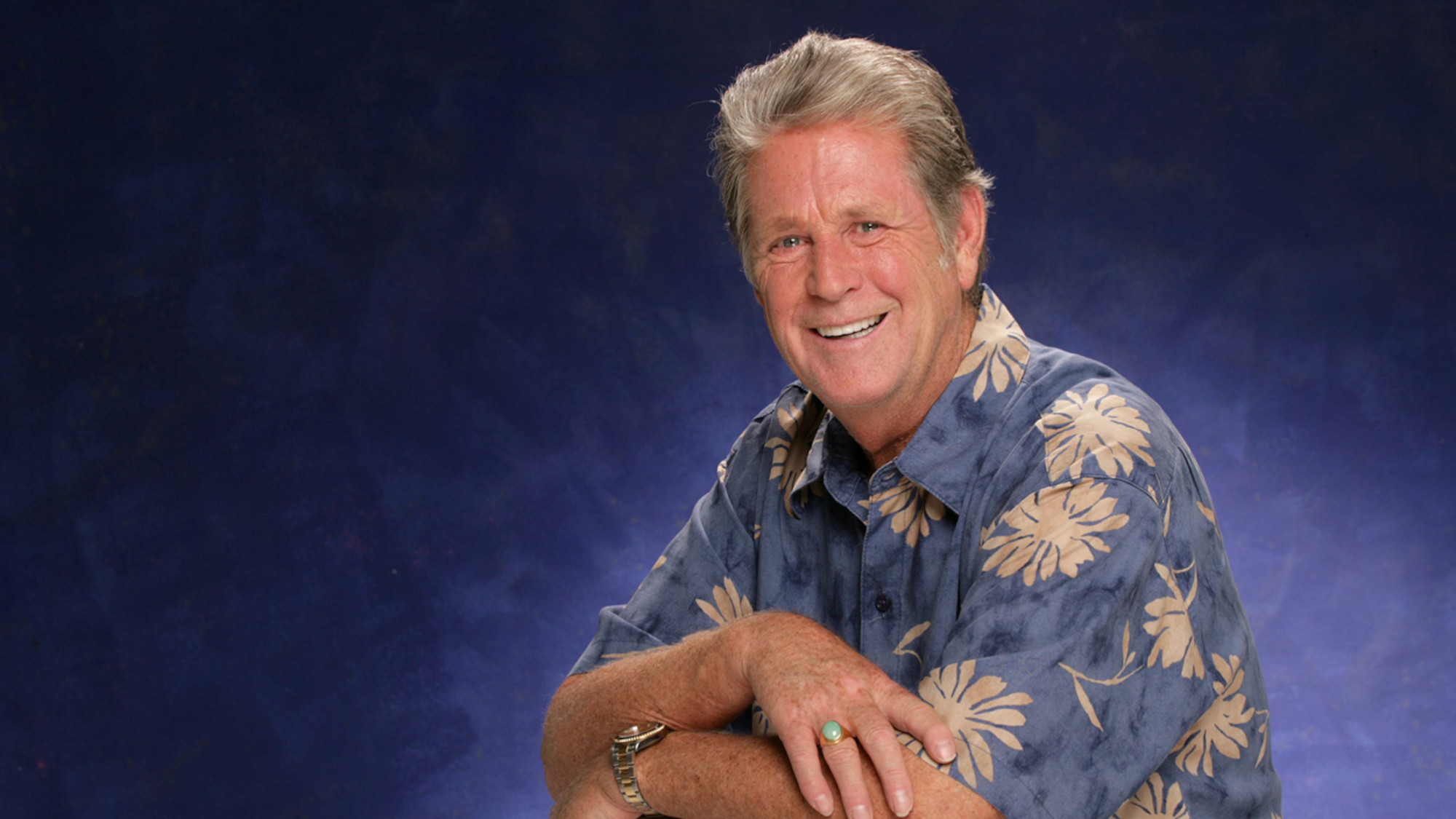 Brian Wilson: the troubled genius who powered the Beach Boys
Brian Wilson: the troubled genius who powered the Beach BoysFeature The musical giant passed away at 82
-
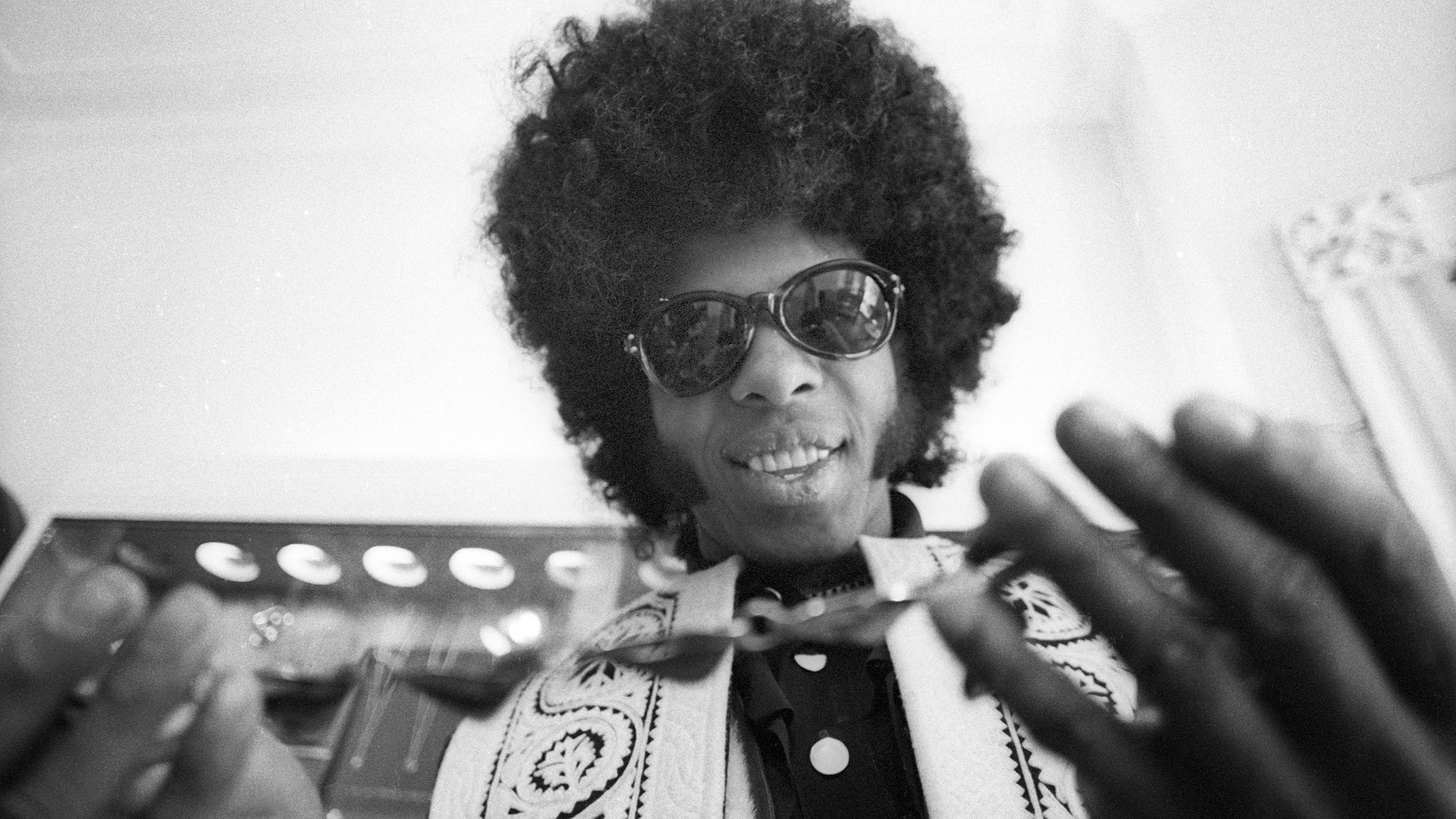 Sly Stone: The funk-rock visionary who became an addict and recluse
Sly Stone: The funk-rock visionary who became an addict and recluseFeature Stone, an eccentric whose songs of uplift were tempered by darker themes of struggle and disillusionment, had a fall as steep as his rise